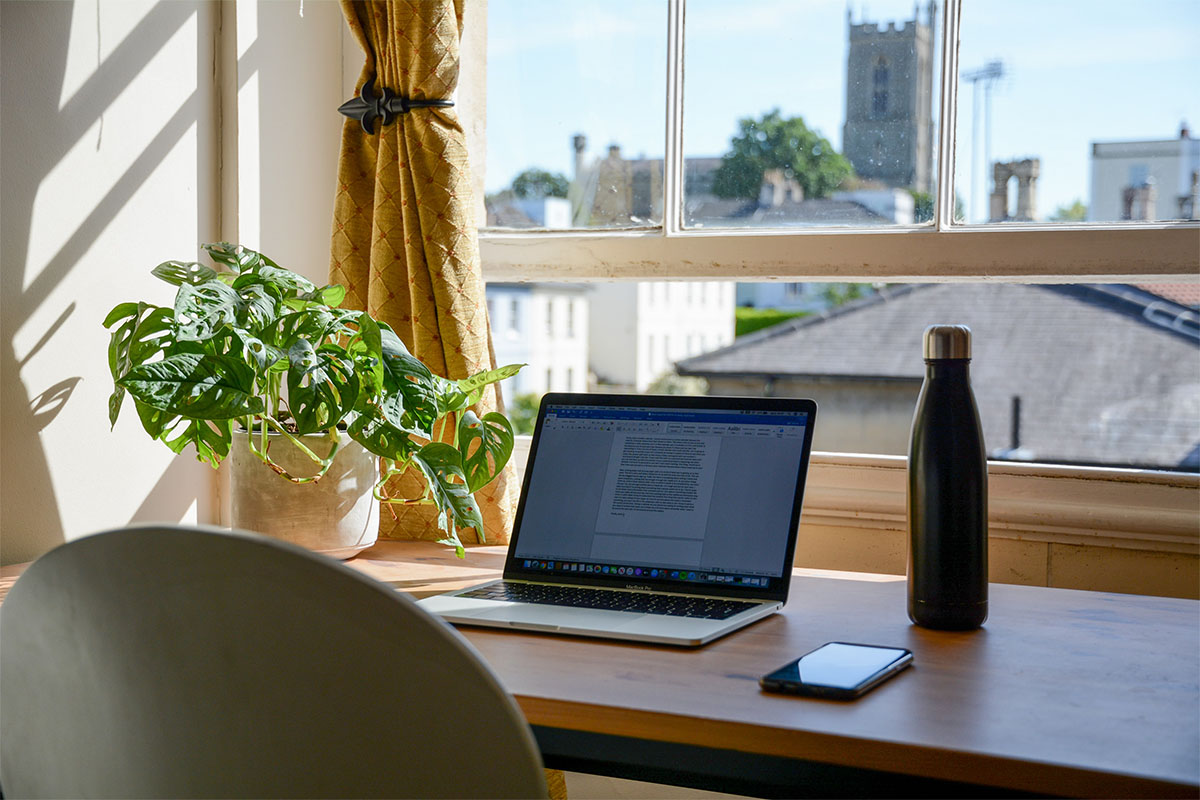Early last summer, a Google-funded tech company called Humu conducted research on the WFH habits and preferences of American employees. The study concluded that employees were most effective when working from home up to two days a week. Stefanie Tignor, Humu’s director of data and analytics, told The New York Times at the time: “[The pandemic] has created a shift, where office time is for collaborative work, for innovative work, for having those meetings, and home time is for focused work.”
Nearly a year later, the overwhelming majority of people working office jobs are still working away from the office. For much of 2021, it felt like the only impediment to a full return was broad-scale vaccination. But now, it’s clear that employers will be taking the summer — when there’s going to be a PTO blitz, anyway — to shore up their long-term expectations. There doesn’t appear to be a consensus yet: while Big Tech has been supportive of a teleworking future, the banks are skeptical. Meanwhile, thousands of smaller office-based companies — which, unlike Facebook or Goldman Sachs, haven’t had to share their stance in a press release to a national news outlet — will have to make a decision for their employees soon.
Employees may have more sway than they think, though. A professor made waves this week for predicting a “great post-pandemic resignation” in Bloomberg Businessweek. A recent survey confirmed that over half of middle-income workers are looking to leave their jobs this year. What are they looking for? Adventure, possibly. The lockdown shifted perspectives on the meaning of day-to-day living, while leaving us with an irascible travel bug. That said, many will just be seeking the best possible post-pandemic employment — a position that allows them to limit commuting, or work from a different time zone, or live in the affordable countryside.
This mindset celebrates the best of the WFH era, while recognizing that everything else (the extra-long hours, children not going to school, zero social engagements) will fade or morph as the country officially reopens again. And for those not necessarily looking to shift jobs or move away, that’s why some combination of digital nomadism and actually going into the office is the absolute ideal. As Amanda Mull argues in a recent op-ed for The Atlantic, a system where employees can work from home for a guaranteed two days a week makes a whole lot of sense.
The office has its benefits. It fosters camaraderie amongst employees, it humanizes boss-employee relationships, it puts a natural cap on the need for meetings, it helps new hires understand the movements and politics of an office, it gives workers a different location to get into a productive mindset, it fosters confidence and social skills, it provides easy post-work access to dinners, concerts or shows, it forces you to put on a nice shirt. Think back to a time, before the pandemic, when working from home felt like a treat — or at least, it felt like something different and appreciated.
An excellent endgame here, for both employers and employees, is to reach a point where time from home and the office are both equally appreciated, never forced. To commit to one extreme, especially now that we know what both feel like, is to learn zero lessons from the last two years. What’s the right number? Let’s say an optional two to three days at home, as selected by employees, with an employer’s right to call employees in on the day of an important meeting. The pandemic has taken so much from us, but right now, perhaps a decade earlier than history would’ve expected, we have an opportunity to fix a broken system. Let’s not squander it.
Whether you’re looking to get into shape, or just get out of a funk, The Charge has got you covered. Sign up for our new wellness newsletter today.

















